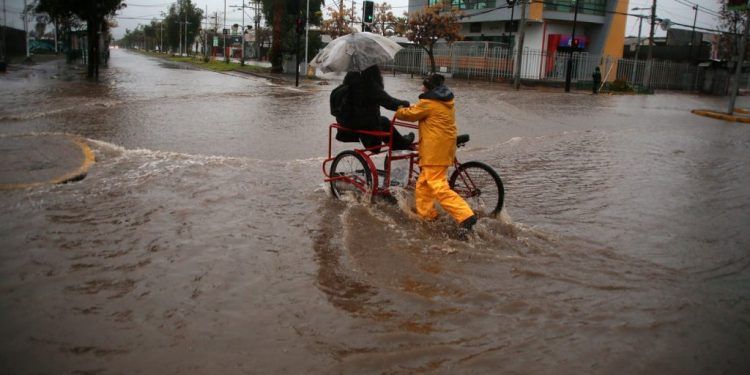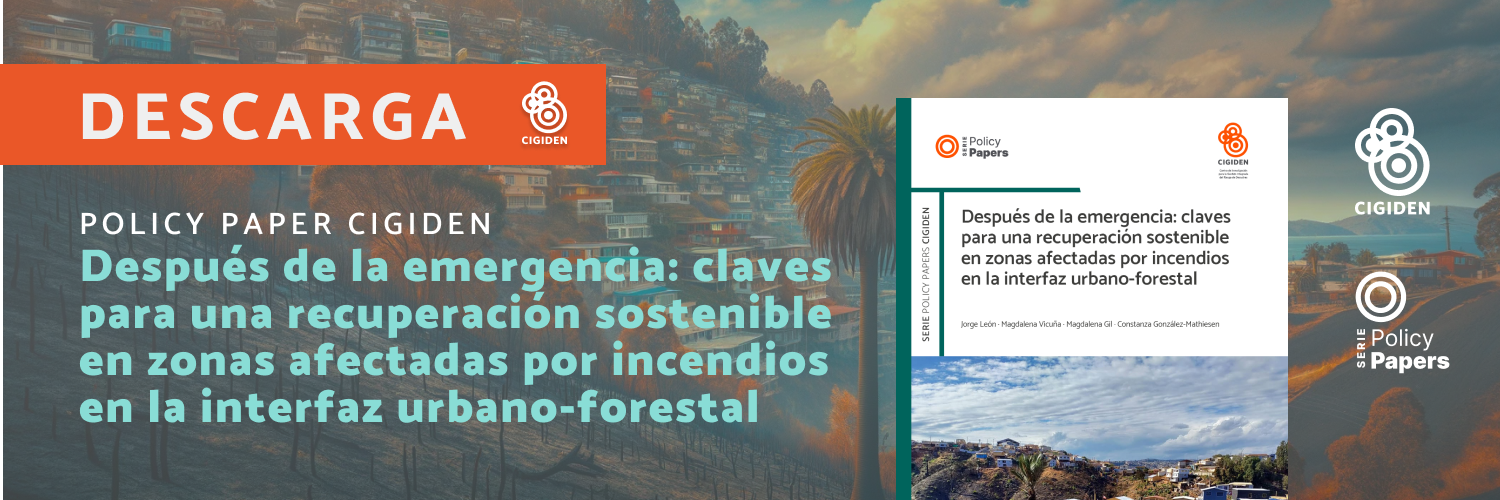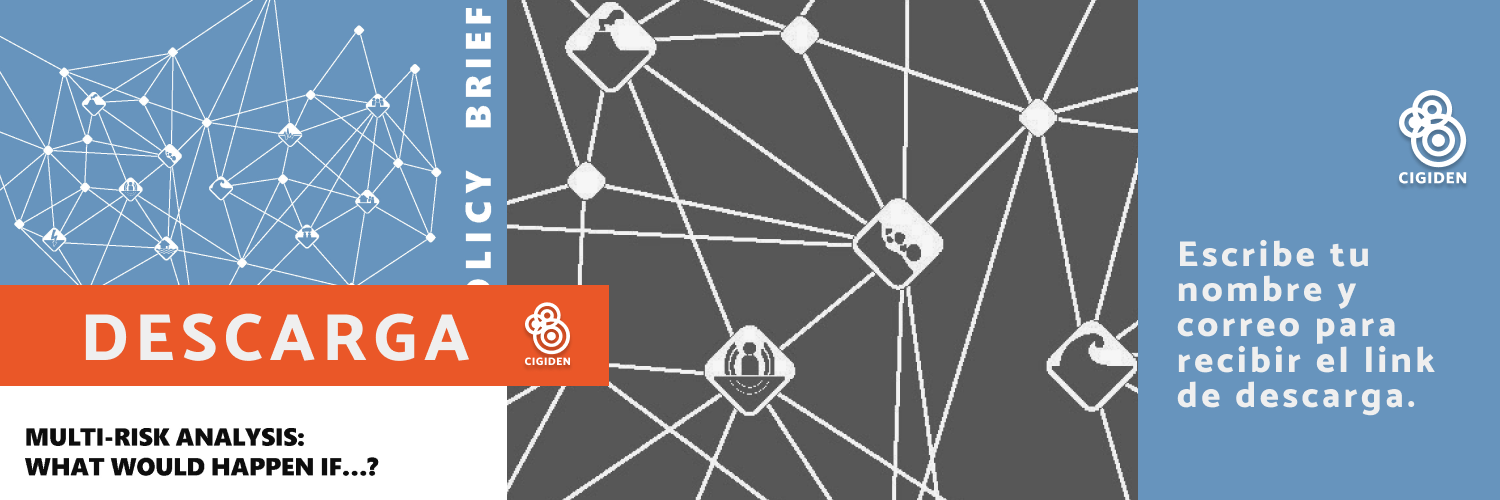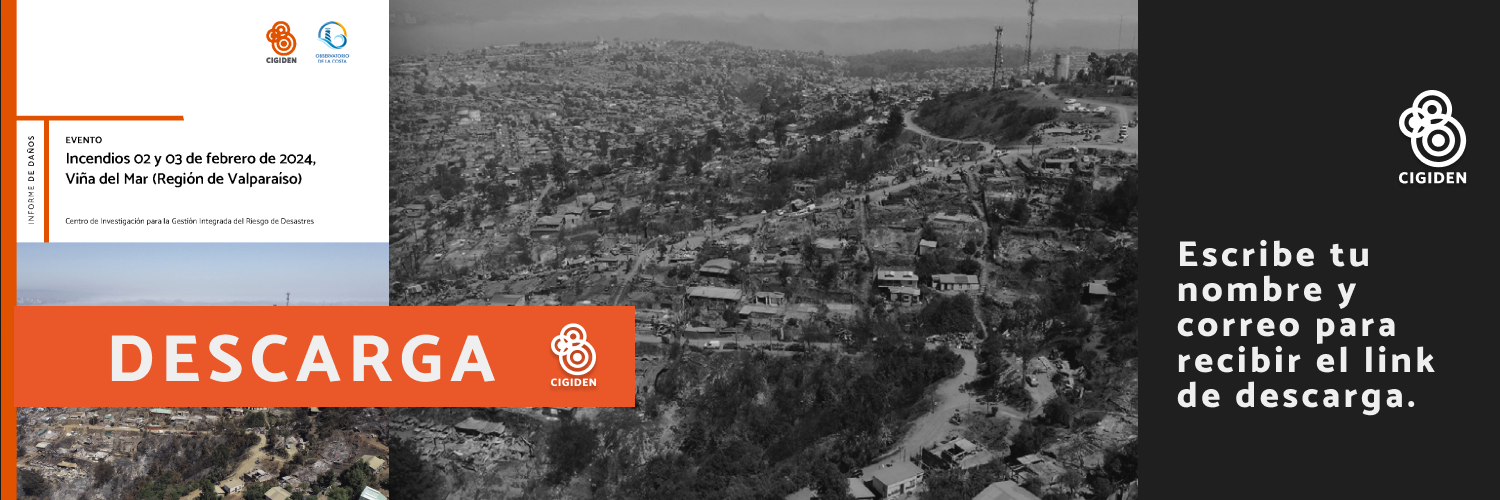To create a robust map gathering in the same area every place, and cause of the damages of the latest rains in the Metropolitan Region, it requires a detailed scientific analysis. Precisely, this is what was proposed by an interdisciplinary group of the Research Center for Integrated Disaster Risk Management, CIGIDEN by its initials in Spanish, and the Catholic University of the North (UCN in Spanish) when they created a digital record of the 151 impact spots, such as floodings, road closures, gullies’/streams’ activation, and channel overflows, among others.
To achieve this meta-analysis, Francisca Roldán, Jorge Gironás, UC (Spanish initials of the Catholic University of Chile) academic, and Jose Saldías – CIGIDEN researchers – studied hydrometeorological characteristics of the rainfall events of June 29 and July 4 in Santiago. The scientists compared the precipitations of both events and the attainment of the return period to estimate possible historical abnormal features of these occurrences. The conclusion is that both were moderate rainfall events.
The second stage, Francisca Roldan comments, was to build a rain damage registry in detail, which collected local impact spots in urban areas, refining and classifying them based on their characteristics with a Geographic Information System (GIS) georeferencing. For this purpose, it was used online information available from the MR municipalities, Santiago’s metropolitan intendancy, ONEMI (National Office of Emergency of the Interior Ministry in Spanish), MOP-DOH (Directorate of Hydraulic Works – Ministry of Public Works in Spanish), Carabineros de Chile (national police force), the fire department, and emergency brigades. Moreover, there was a direct transfer of information from the Estación Central municipality, the Chilean Voluntary Forestal brigade, La Florida and San José municipality.
Worst affected communes

According to Francisca Rondan –who carried out the damage map along with Gabriel González, CIGIDEN deputy director, and UCN academic, Felipe Arón, UC academic y Erik Jensen– part of the study conclusions aim at identifying flooding points, river and channel overflow, leakage in urban constructions, in western and southwestern communes of Santiago’s urban areas.
“This can be related to the fact that these communes concur with a decrease in topography, thus they tend to have a greater concentration of rainwater, but also some of them present specific deficiencies in the Rainwater Master Plan, which involve maintenance, cleaning, distributions, structure and their relationship with the current urban planning design”, the researcher points out.
Gullies and rains
Meanwhile, activation of streams are focused on Santiago’s foothill areas (eastern zone), whose activation level and therefore damage level will vary according to rainfall intensity. “Mitigation works of Macul’s basin showed a correct flow control” Roldan adds, “avoiding damage in urban areas. However, it must be considered that, for higher rainfall intensities, this picture could change, as in the case of the San Ramón gully, which presented light damage due to the mild activation of the minor stream”
Finally, Francisca Roldan indicates that the analysis –summarized in a panel map format and available on CIGIDEN’s website–, was carried out to understand how the phenomena impact Santiago’s urban areas and the specific causes generating them. “In this way, disaster risk management is possible in the context of certain urban planning shortcomings of the Rainwater Master Plan, thereby identifying possible restructuring and improvements regarding preventive plans and/or future civil work projects in the region”, the geologist concludes.
HIGH RESOLUTION PANEL MAP













